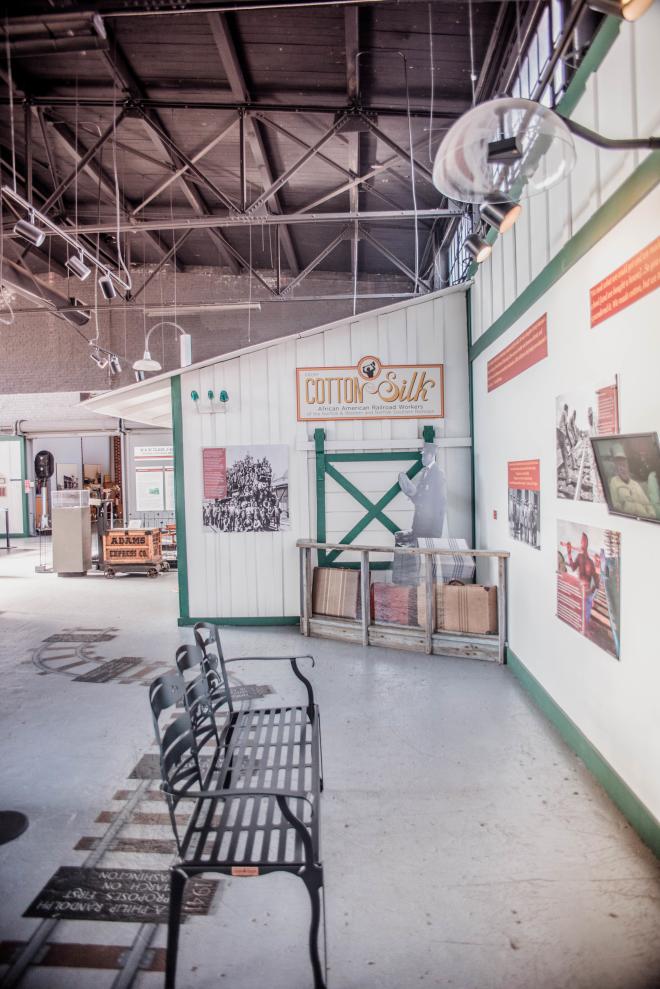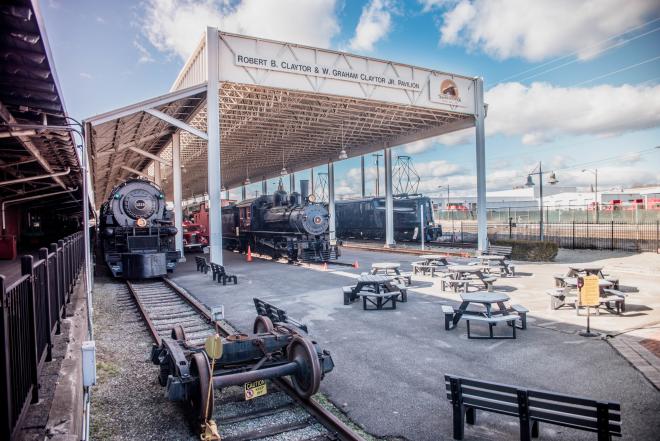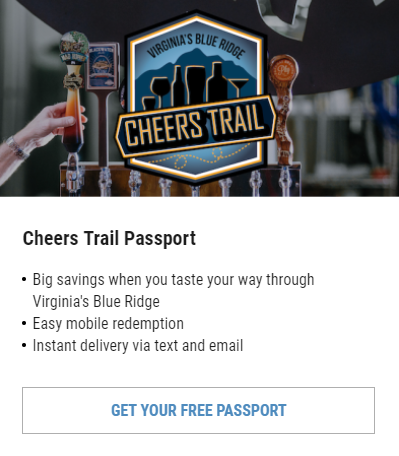The railroad is an integral part of the history of Roanoke in Virginia’s Blue Ridge, and the contributions of African Americans are an integral part of the history of the railroad.
You can get an in-depth look at the role African Americans played on the growth of the railroad in the region by visiting the Virginia Museum of Transportation in Downtown Roanoke and checking out the exhibit - “From Cotton to Silk: African-American Railroad Workers of the Norfolk & Western and Norfolk Southern Railways.”
“From Cotton to Silk” opened at the museum in February 2015 as an expansion to its already existing “African-American Heritage on the Norfolk & Western Railroad” and took the display to another level, featuring an oral history that shared the stories of men and women who had personal experiences of working for the railroad.

Today, you can see and hear those experiences by watching videos that includes excerpts from the interviews. The interviews were conducted by historian Sheree Scarborough, who spoke with many members of the Norfolk & Western African American Railroad Heritage Group, a local organization of many former employees.
You can also visit the From Cotton to Silk website to learn more about the interviews, including biographies and full transcripts with each of the subjects.
In addition to the videos, the museum exhibit includes photographs and replicas from Norfolk & Western’s archives, as well as artifacts from the Virginia Museum of Transportation and personal collections, such as a hand-made hammer and a clay jug that one man used to carry corn whiskey.
The “From Cotton to Silk” exhibit is one of the many ways the Virginia Museum of Transportation tells the story of railroad history, and this exhibit shines a light on the impact African Americans had on that history.

Their connection to Roanoke’s railroad industry and the Norfolk & Western shops also had a major role in the development of Gainsboro neighborhood and community as one of the most vibrant centers of Black culture and commerce in the South.
The phrase “From Cotton to Silk” was coined by Al Holland, an interview subject, former railroad employee, and important figure in Roanoke’s Black history. In addition to working at the railroad for over 40 years, Holland would serve as President of the Roanoke chapter of the NAACP, was a member of the Roanoke Black Cardinals semi-pro baseball team, marched in Selma, Alabama, and worked to help integrate local schools & businesses.
“From Cotton to Silk” is a metaphor that represents the black employees who worked for the railroad and were able to make a good living, which enabled them to become homeowners and build a future for their families.
Here’s a description from Holland on the origins of the phrase:
“We took what we could get, and we made a life for ourselves. Our children went to school. We’ve got men coming down meeting with us, they’re engineers, conductors, firemen, those jobs are open to them. We had to take what we had down here because we weren’t going to get those jobs. But I lived to see them get it.”
African Americans made significant contributions to the growth of Norfolk & Western and Norfolk Southern in Roanoke and had a variety of jobs, such as mechanics, brakemen, porters, chefs, and more.

However, as Holland’s comment alludes to, African Americans also faced challenges in the railroad industry during the 1930s and 40s, with segregation still legal and equal opportunity laws still a thing of the future.
Participants in “From Cotton to Silk” talk about the experiences of being disqualified for promotions because of their skin color and then being expected to train the white workers who were their supervisors.
Junious “J.R.” Hughes describes what it was like for his father, who worked for the railroad:
“He’d come home from work sometimes totally frustrated because some little Caucasian kid, his daddy got him a job on the railroad. He would have to come to my father to learn how to be my father’s boss. They wouldn’t let black men become conductors in those days. Train porters, brakemen, the lowest jobs, those were the jobs that blacks could get. My daddy wasn’t a bitter man, but he was affected by it. [Here was this] young kid, but because of the color of his skin, my father had to train him to be his supervisor.”
Yet, many of the African American workers would go on to long careers with the company and were eventually offered opportunities for advancement, particularly following the passage of the Civil Rights Act of 1964. Many Black employees, such as Al Holland, would retire from the company with positions in management.

Sadly, many of the individuals who shared their stories and experiences to help create this exhibit are no longer with us. Their impact and legacy lives on, not only with what’s on display in the exhibit at the Virginia Museum of Transportation but also in the work they did in helping lay the foundation for what Roanoke and the greater region would become.
We encourage you to visit the Virginia Museum of Transportation as part of your experience in Virginia’s Blue Ridge and learn more about this special part of our history and heritage.
Location Information
Virginia Museum of Transportation
303 Norfolk Avenue SW
Roanoke, VA 24016
(540) 342-5670
Website >












